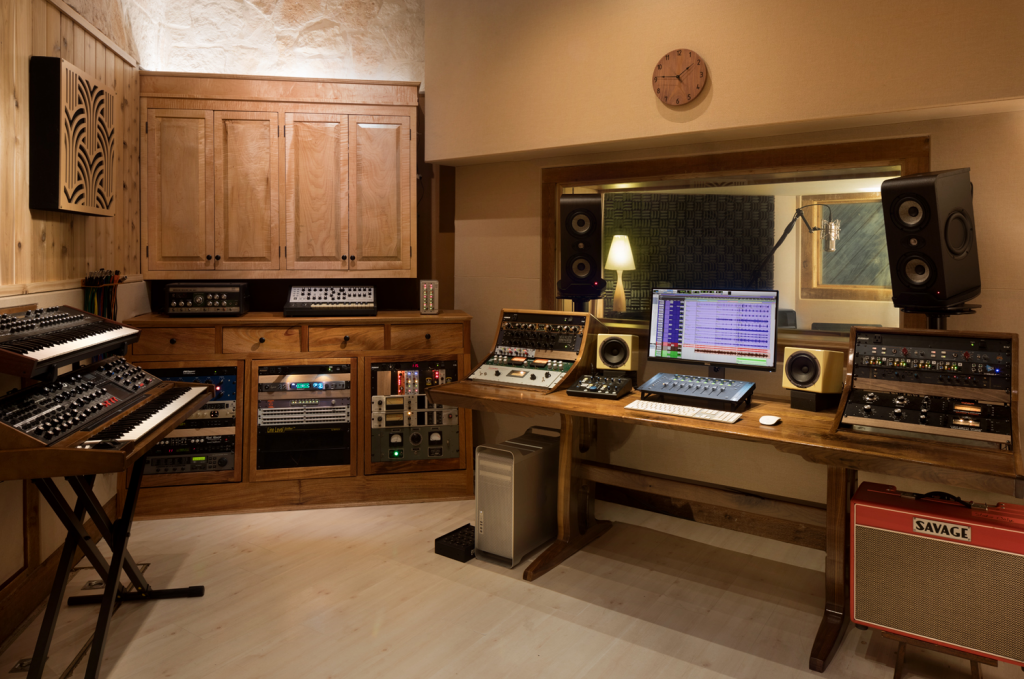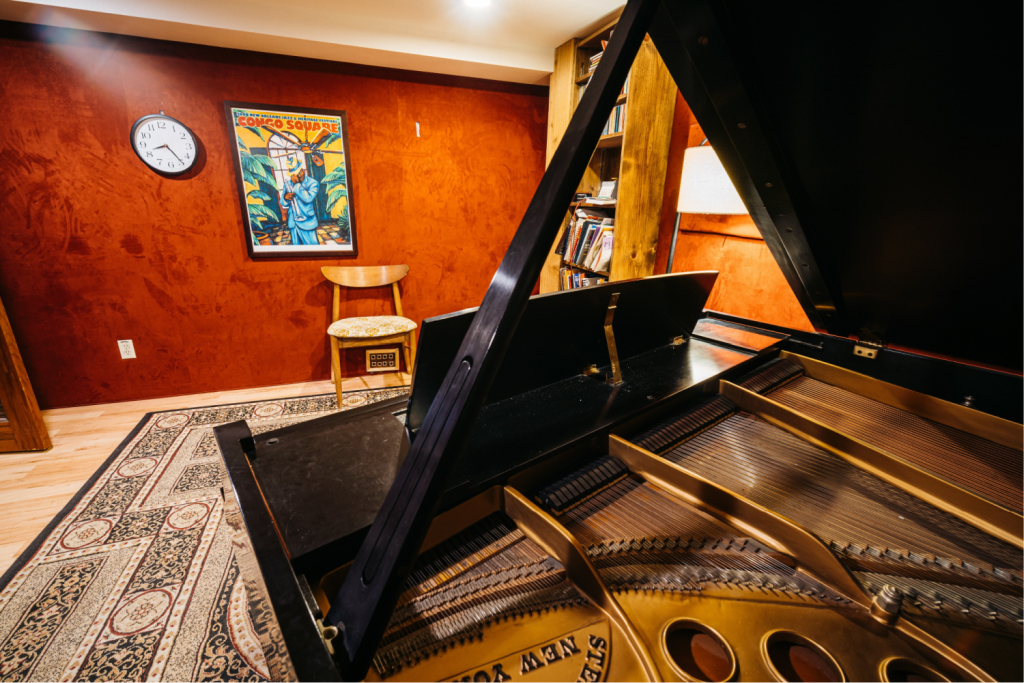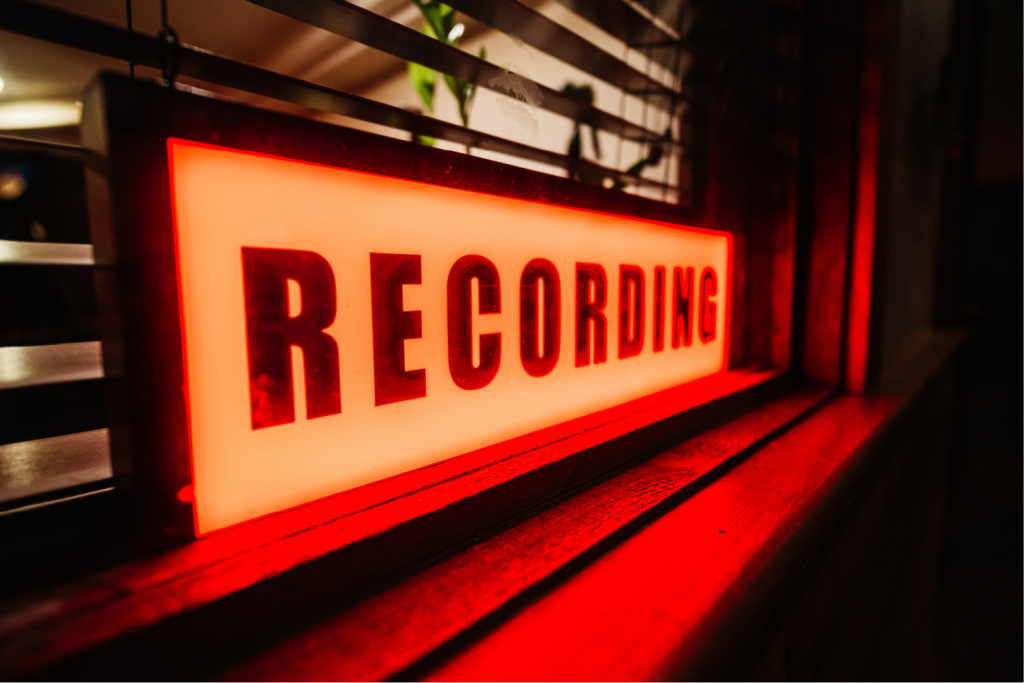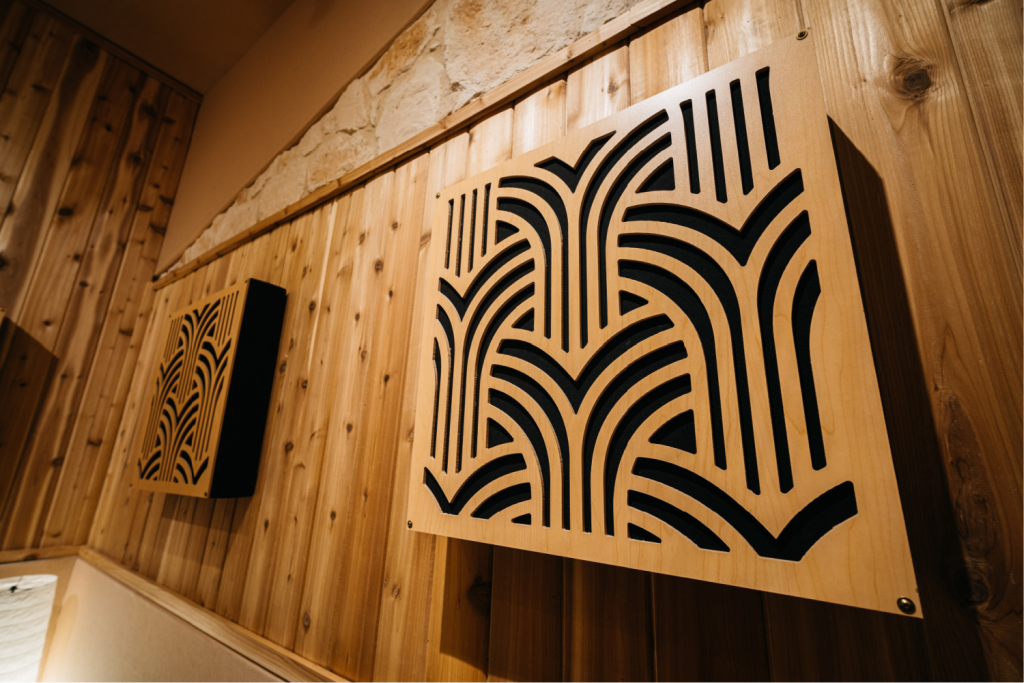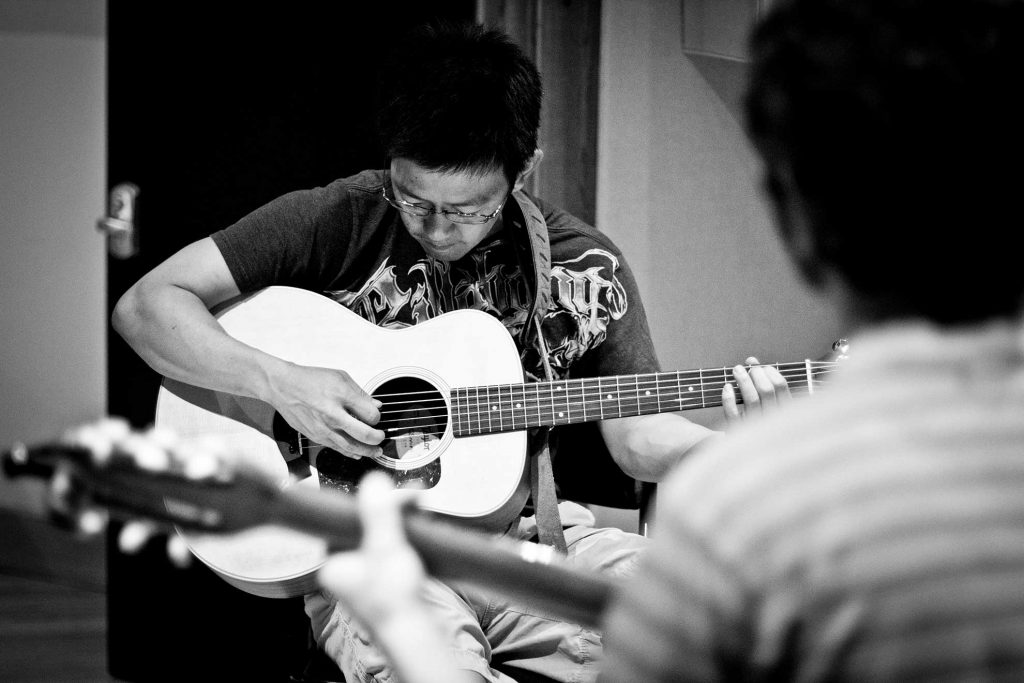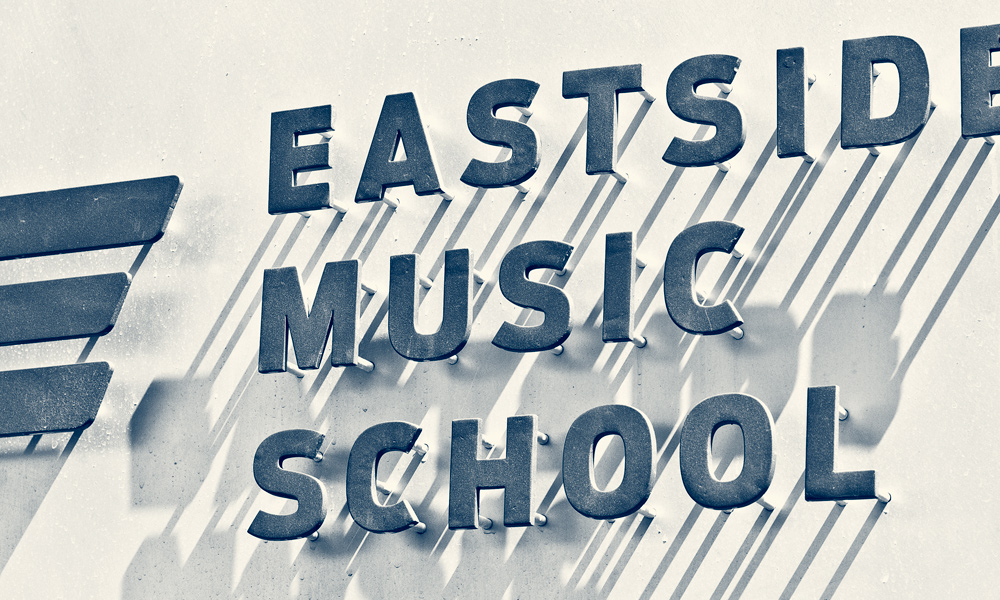While solfège has been around since the 11th century, it has evolved into a modern form that musicians use today when singing Western music. The standard syllables for a major scale are as follows:
Do |
Re |
Mi |
Fa |
Sol |
La |
Ti |
Do |
| “Doh” | “ray” | “mee” | “fah” | “soul” | “lah | “tee” | Doh” |
In the example below, you can see how the syllables are assigned in a C Major scale. While the example is in C Major, the step relation between the notes are the same for all major scales (semitones between notes 3 & 4 and 7 & 1). This means that the singer can start on any pitch as their Do (“doh”) and the scale they sing will still match the same step pattern.
Along with singing these solfège syllables, we have added hand signals to further assist in the sight-reading process. Similarly to solfège, these hand signals have been adapted over time. The modern version used today was created by Zoltán Kodály, a Hungarian composer who is best known for his pedagogical method of music education for children, the Kodály Method.

When first learning solfège I recommend starting by speaking the syllables in order (ascending and descending) and then singing them alone with no hand signals. Once the singer is comfortable with that, they can speak through the syllables while adding the hand signals, and then move on to doing both while singing. Give it a try and see how you do!


